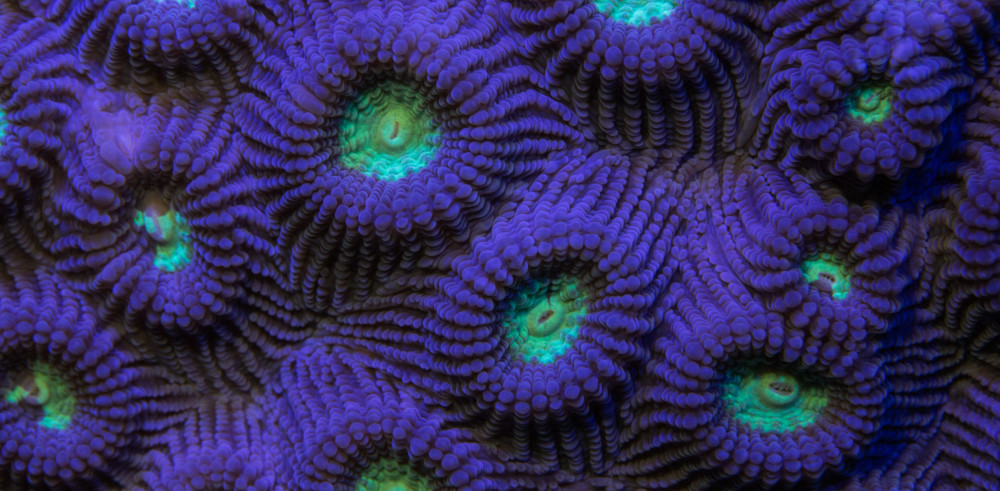The spotty bobtail squid ( Eumandya parva ) is a small cephalopod found in the beautiful waters surrounding Okinawa. They are hard to find due to their small size. Persistence, patience, and diving with a buddy with good eyes will increase your chances of finding them.

- Scientific name: Eumandya parva
- Common Name: Bobtail Squid
- Found: Ryukyu Islands
- Habitat: Open water @ night
- Average Size: 15mm – 25mm
Bobtail squid have eight arms and two tentacles used to capture prey. They have a two part parrot-like beak used for feeding. They primarily feed on small crustaceans free swimming in open water.
 What’s really impressive about cephalopods is that they are masters of evasion. They are equipped with advanced mirroring cells. These cells can change shape and color to match their surrounding. These vibrant chromotophores are also used for communication and attracting a mate.
What’s really impressive about cephalopods is that they are masters of evasion. They are equipped with advanced mirroring cells. These cells can change shape and color to match their surrounding. These vibrant chromotophores are also used for communication and attracting a mate.

The bobtail squid has the ability to produce a large ink cloud (smoke screen) when in danger. This cloud of ink will confuse predators and give the squid a chance to escape safely.

 Squid have wing-like fins used for precision movement through the open water. Their siphon is used for jet propulsion, allowing a clean getaway from predators.
Squid have wing-like fins used for precision movement through the open water. Their siphon is used for jet propulsion, allowing a clean getaway from predators.
 They can also evade predators by covering up with sand to avoid detection.
They can also evade predators by covering up with sand to avoid detection.
 I found this large Euprymna brenneri covering itself with sand to avoid detection. I have only seen two of these in the waters of Okinawa. A new species decribed in December 2019.
I found this large Euprymna brenneri covering itself with sand to avoid detection. I have only seen two of these in the waters of Okinawa. A new species decribed in December 2019.


Mating season occurs in the summer months.
 Look close and you can see the white bundle of spermatophores produced during the mating process. The eggs will be fertilized and attached to a safe location under a reef ledge. Tiny bobtail squid will hatch from their eggs in three weeks.
Look close and you can see the white bundle of spermatophores produced during the mating process. The eggs will be fertilized and attached to a safe location under a reef ledge. Tiny bobtail squid will hatch from their eggs in three weeks.
 If you would like to learn more about the Cephalopods of Okinawa, check out my previous posts on the blue-ringed octopus, pygmy squid, pharaoh cuttlefish and the shell eating octopuses of Okinawa.
If you would like to learn more about the Cephalopods of Okinawa, check out my previous posts on the blue-ringed octopus, pygmy squid, pharaoh cuttlefish and the shell eating octopuses of Okinawa.
My Mission: To Document and Preserve the Wildlife of the Ryukyu Islands
This site is also designed to help people identify the beautiful animals of Okinawa, basically to serve as an online nature reference guide. If you would like to make a contribution to support my mission, please click on the donation link paypal.me/maketheswitch4nature
Your donations will help conservation initiatives as well as bring solutions to the worldwide pollution issues on our beautiful shorelines. Thank you for your support, Shawn M Miller.
#MakeTheSwitch4Nature
Get Fa-Millerized with the Nature of the Ryukyu Islands – – – SUBSCRIBE BELOW



































































































